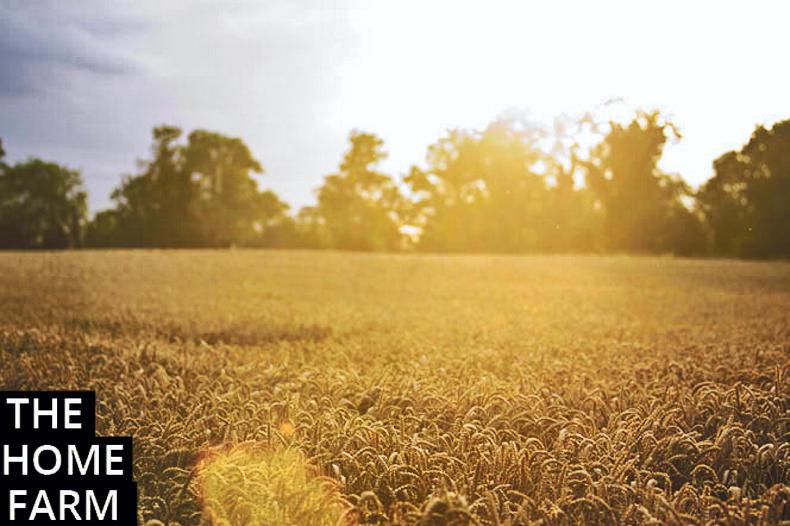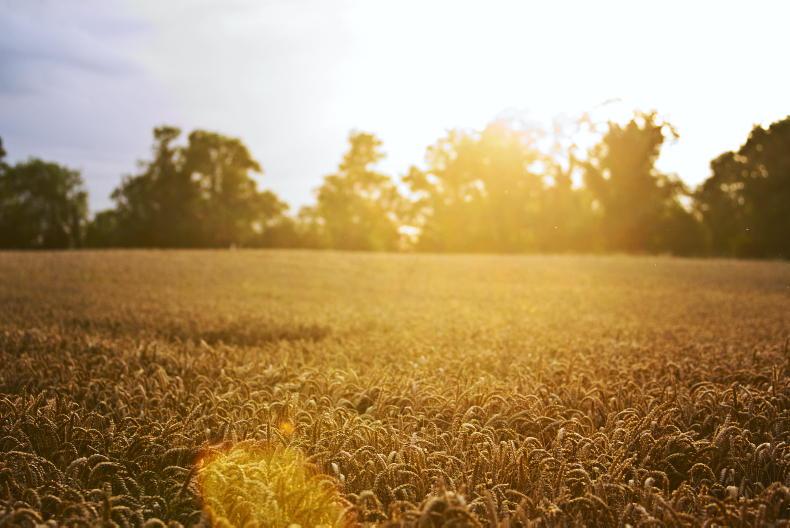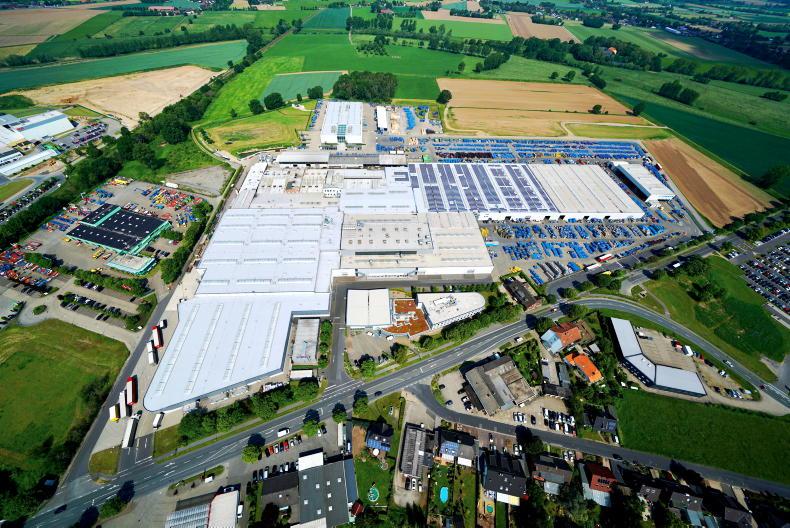Grass growth is suddenly powering ahead. Now it looks as if we may have too much.
At this time of the year, the unanimous advice seems to be to clean out the paddocks well so as to get a vigorous regrowth from the ground up and then leave a greater residual amount after subsequent grazings.
That’s what we are trying to do but, of course, with each passing day the bulk of material to be grazed is increasing in each paddock and the last thing we need is for so much grass ahead of us that it runs to seed and quality collapses.
All we can do is monitor growth and consumption and decide whether we should take some extra land out to make hay in the late June period. The extra hay has stood us in good stead this year, so we will keep it as an option.
It is noticeable how quickly the newly seeded grass is recovering after grazing compared with the old permanent grass. We have closed some but not much of the old sward up for silage on the basis that the new reseeds are higher in sugar and so ensile more easily and give better-quality silage.
Meanwhile, we sold another load of fit cattle this week. We are now getting near the end of the shed cattle and it’s noticeable how the more extreme dairy types are taking longer to finish and leaving much less if any profit.
The beans were sown to a depth of about two inches but were about three weeks later than the target date
Whenever I see an O- on the factory sheet or worse still a P (which is rare), I look forward to the day we have the full genetic beef value displayed for every animal going through the mart ring.
On the tillage side, the direct-sown beans are now visibly germinating in the slits. The warm, moist weather has been ideal. The beans were sown to a depth of about two inches but were about three weeks later than the target date.
The field still looks a mess with the volunteer cereals slowly dying off with the Roundup and the beans not yet emerged.
While we could have put in spring barley, that would have messed up the rotation which has taken so long to develop. I usually follow the beans with seed wheat which obviously would be a non-runner after spring barley.
Elsewhere, in the main run of the winter crops, it’s clear that with water lying in tramlines, there is some compaction which, if we have a dry spell after harvest, we will move in with a subsoiler. But that is a long way off yet.










SHARING OPTIONS